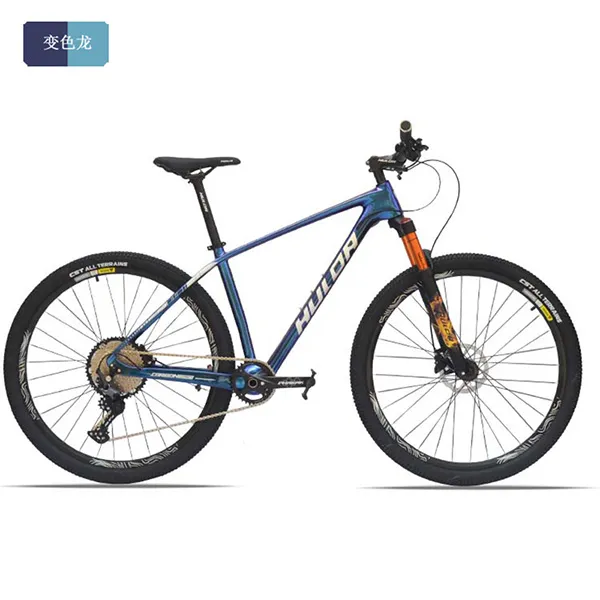Mar . 03, 2025 12:46 Back to list
how do you adjust a derailleur on a mountain bike


A pivotal yet often overlooked aspect is the B-screw adjustment. This component sets the derailleur's pulley distance from the cassette, influencing shift speed and noise. For mountain bikes, especially those used on rugged, variable terrain, an ideal pulley gap ranges from 5 to 6 mm. Adjust this screw to fine-tune the gap, an act that sharpens shift accuracy. Having completed the mechanical adjustments, assess the efficiency of changes through a test ride. Shift through all gears across various terrains to ensure the derailleur performs optimally under typical riding conditions. Listen for any irregular noises or resistance, as these will signal the need for further tweaks. A well-adjusted derailleur is not merely about technical adjustments but understanding your bike's unique quirks and how they harmonize with your riding style. Always keep your drivetrain components clean and lubricated to support accurate shifting and extend the lifespan of your bike's components. Derailleur adjustments, while technical, can become intuitive with repeated practice, turning a challenging task into a routine maintenance procedure. As you build confidence, these adjustments will become quicker and more precise, maximizing your mountain biking experience. Remember, confident riding begins with a well-maintained bike; ensure your derailleur encompasses the precision and reliability you expect, transforming each trail into a seamless adventure.
-
In-Depth Guide to Ebike Frames: Design, Use & Future Trends
NewsNov.25,2025
-
Discover Top E Bike Brand Insights, Specs & Future Trends | Yanline Bike
NewsNov.24,2025
-
Green E Bike – The Future of Sustainable Urban Mobility
NewsNov.24,2025
-
Ruffian eBike: Durable, Efficient Electric Bikes for Modern Mobility
NewsNov.23,2025
-
Comprehensive Guide to the Global E Bike Market and Future Trends
NewsNov.23,2025
-
Understanding Electric Bicycle Range: A Complete Guide for Smarter E-Bike Use
NewsNov.22,2025
-
Ceron Electric Bike – Efficient, Sustainable Urban Mobility Solutions
NewsNov.22,2025




